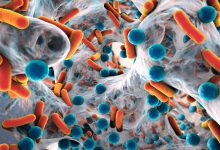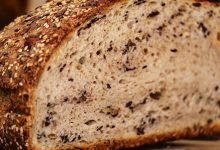
Bacteria has found many ways to tackle the antibiotics during the course of time and the most common example is antibiotic resistance.
What’s New
A recent study found a new method using which a particular type of bacteria are helping their friends ( which means other bacteria) to develop resistance to antibiotics. It’s like bacteria sharing notes among them.
Bacteria helping their friends
Some strains of bacteria package up the genetic instructions for how they defend themselves and cause disease. After packaging up all the information, bacteria pass this information on to neighboring, naïve, bacteria. They are particularly gifting their neighbors with the defenses they need to survive against an army of antibiotics.
These instructions are passed on from receiving bacterium to another one. What’s more frightening is that the ability to resist antibiotics and produce toxins rapidly spreads from one bacterium to another.
Culprit bacteria
A new research led by the scientists of Monash University have found how the culprit bacteria Clostridium perfringens, who is making notes against the defense system and shares its genetic information.
C.perfringensis spore-forming, gram +ve bacteria which causes food poisoning. It also causes fatal condition ‘gas gangrene which spreads rapidly. It is also an economically important cause of disease in chickens, sheep, and cattle.
Finding of new gene
During their research, the research team discovered an unknown gene – called tcpK which was previously unknown. It helps bacteria to pass the genetic instructions (DNA) for antibiotic-resistance from one C. perfringens bacterium to another.
The team included researchers Dr. Daouda Traore, Dr. Jess Wisniewski, Dr. Vicki Adams, Professor Julian Rood, and Professor James Whisstock.
When they initially identified the new gene the team searched international databases for information about how it might work.
“We couldn’t find any clues as to TcpK function anywhere,” Dr Traore said.
“It’s only found in C. perfringens and related disease-causing bacteria, but is critical for the bacteria to spread antibiotic resistance,” Dr Adams said.
During their research, researchers wanted to determine a 3D molecular structure of the protein. For that, they Fired high energy X-rays generated by the Australian Synchrotron at a TcpK protein crystal.
“Our structural analysis revealed that the molecule resembles a universal DNA binding module called a winged-Helix-turn-Helix. This was the key breakthrough that allowed us to discover that TcpK works by marking the DNA for transfer to another bacterium,” Dr Traore said.
Future aspects
With this study in mind, researchers anticipated that this discovery can help in the advancement of future research which is focused on controlling the spread of antibiotic resistance and toxin genes.






